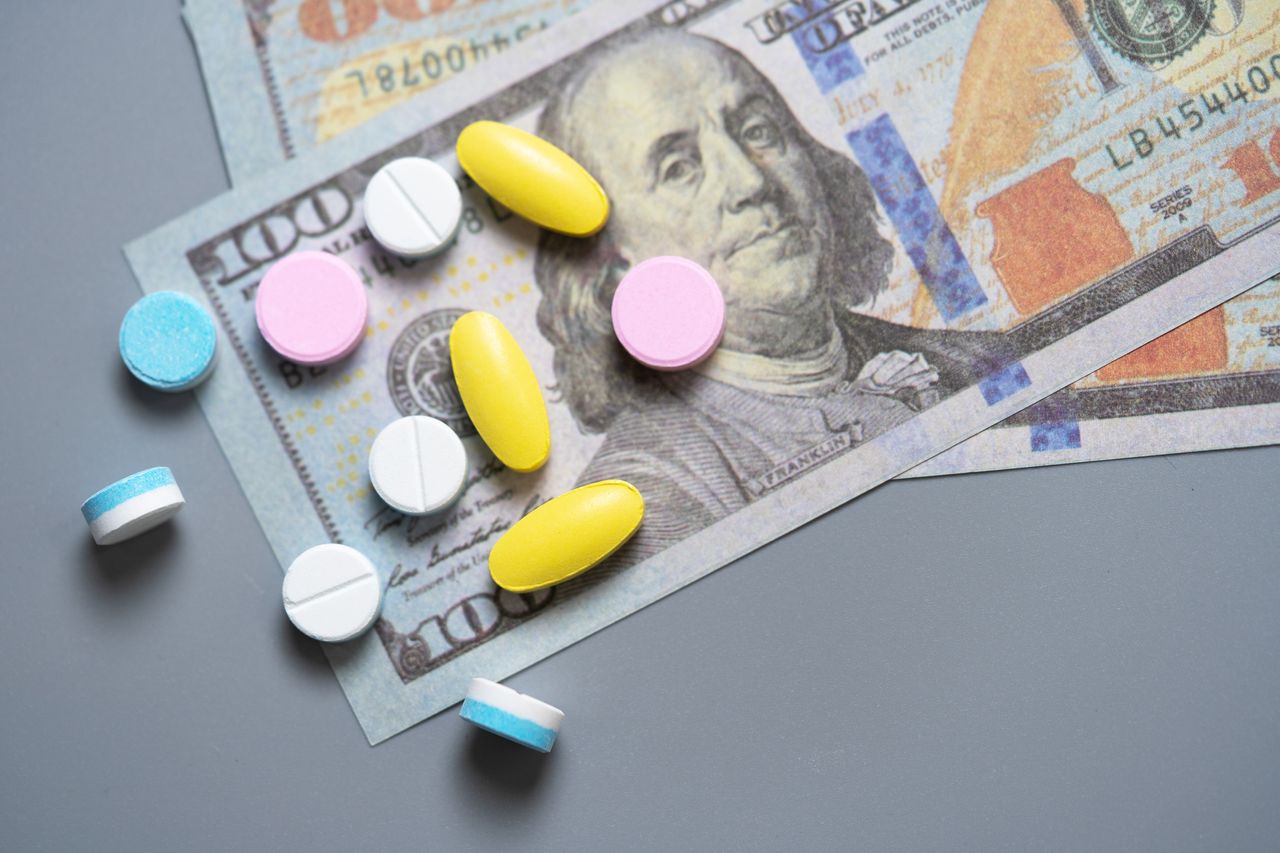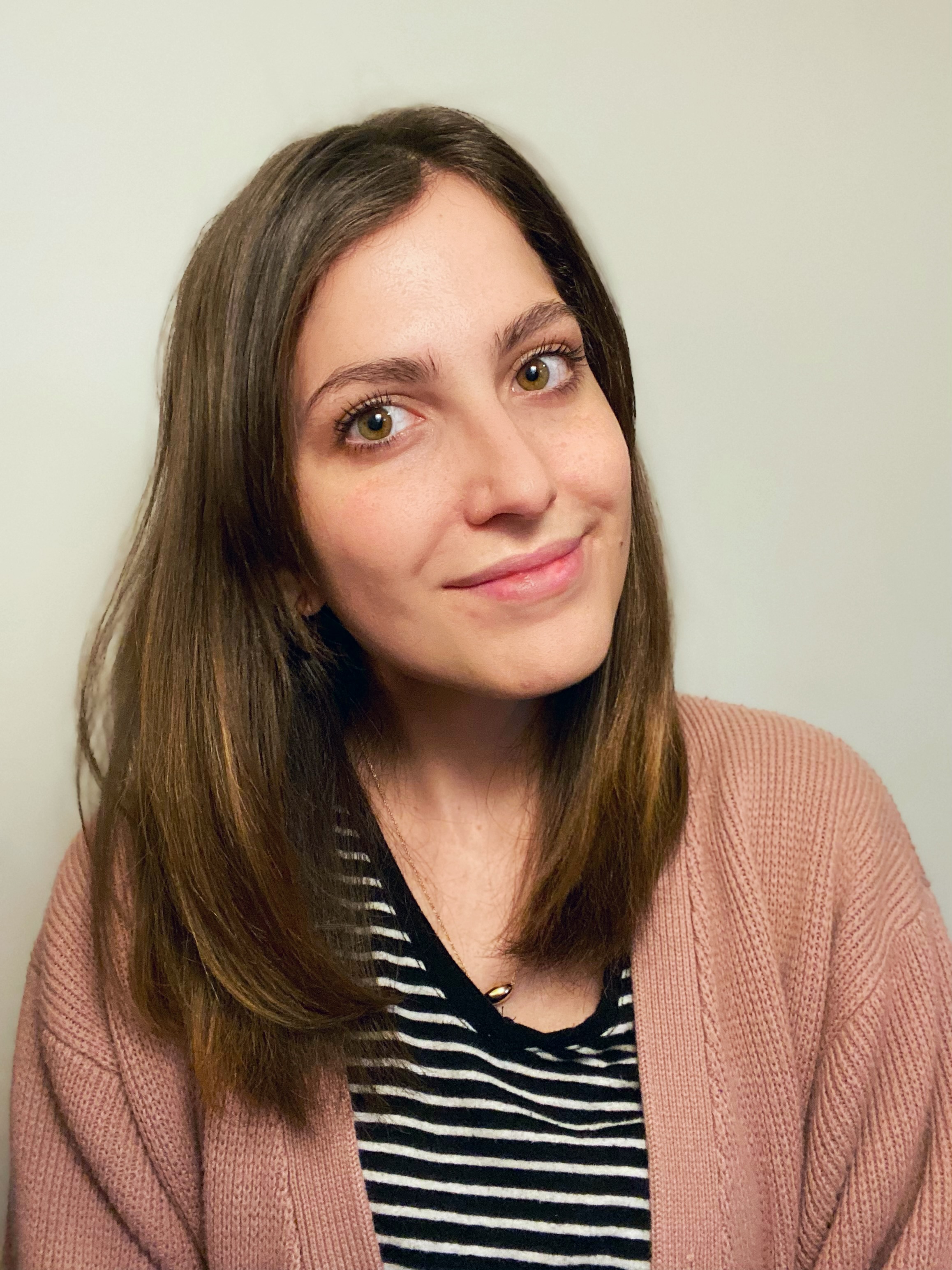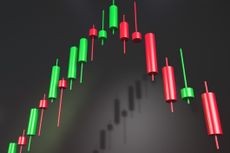How to Save on Prescription Medication
Struggling to afford your prescription medication? You're not alone. Three out of ten Americans have had to go without prescription medication due to the cost.


Prescription medications keep getting more expensive, putting a strain on many American's budgets.
According to the ASPE, from January 2022 to January 2023, drug prices increased 15.2% on average, which translates to $590 per drug product. And out of the 4,200 drugs that had price increases, 46% had price hikes larger than the rate of inflation. Rising costs are leaving individuals in a tough spot.
The Kaiser Foundation found that because of increased costs, about three in ten adults reported not taking their medicines as prescribed over the last year. And a March 2023 study from YouGov found that 37% of Americans have had to forgo filling at least one prescription due to the cost. It also revealed that 43% of women and 44% of people with an annual family income under $50,000 are most likely not to be able to afford prescription medication.

Sign up for Kiplinger’s Free E-Newsletters
Profit and prosper with the best of expert advice on investing, taxes, retirement, personal finance and more - straight to your e-mail.
Profit and prosper with the best of expert advice - straight to your e-mail.
With so many individuals struggling to keep up with the cost of prescription drugs, it’s clear saving money at the pharmacy is a concern for many Americans. The following tips can help ease the burden.
Patient Assistance Programs
Patient Assistance Programs (PAPs) are managed by pharmaceutical companies to provide free or discounted medications to people who can't afford them. Typically, these programs are contingent on financial need. For more information on how to enroll and to see if you qualify for a PAP, go to RXAssist.org or NeedyMeds.org.
Also, check out GoodRx on their website or mobile app to find the cheapest prices on prescription medications. The site compares real-time prices at different pharmacies to find the best prices and discounts. It also offers free coupons to help you pay less.
90-day medication supply
Opting for a three-month subscription, as opposed to a one-month supply, could save you considerable money on medication costs. Yes, you'll pay more out of pocket up-front, but you'll shell out less money overall in the long run.
Ask your doctor if a 90-day supply is a possibility and if it’ll save you some cash.
Generic medications
Saving on your prescription medication could be as easy as going generic. According to the Association for Accessible Medicines, in 2022, the average brand name drug copay was $56.12. This is more than nine times higher than the average copay for generic drugs, which the AAM reported to be $6.16. The AAM also found that 93% of the time, the copay for a generic prescription was under $20, compared to only 59% of the time for name-brand drugs.
Biosimilar drugs are also good option for savings. A biosimilar drug isn’t an exact copy of a name-brand drug it the way generic drugs are. Instead, they have a structure that is highly similar to the name-brand biologic, but it's not exactly the same. However, since biosimilar drugs still behave the same way as a name-brand biologic, they're considered just as safe and effective.
Choose the right pharmacy.
Filling your prescription medication at a preferred pharmacy can help you save on copays, so check with your health insurance provider to ensure a pharmacy is in your plan’s preferred network. A prescription delivery service could also help you save on prescription drugs.
For example, Amazon’s RxPass gives Prime members access to the most common generic medications for a flat fee of $5 per month. Also, Walgreen’s Prescription Savings Club program costs $20 a year for an individual or $35 for a family and offers valuable discounts on thousands of name-brand and generic medications.
Related Content
Get Kiplinger Today newsletter — free
Profit and prosper with the best of Kiplinger's advice on investing, taxes, retirement, personal finance and much more. Delivered daily. Enter your email in the box and click Sign Me Up.

Erin pairs personal experience with research and is passionate about sharing personal finance advice with others. Previously, she was a freelancer focusing on the credit card side of finance, but has branched out since then to cover other aspects of personal finance. Erin is well-versed in traditional media with reporting, interviewing and research, as well as using graphic design and video and audio storytelling to share with her readers.
-
 Stock Market Today: Stocks Are Mixed Before Liberation Day
Stock Market Today: Stocks Are Mixed Before Liberation DayMarkets look forward to what comes with the reordering of 80-year-old global trade relationships.
By David Dittman Published
-
 Stagflation: What It Is and Why Retirees Should Care
Stagflation: What It Is and Why Retirees Should CareStagflation — the economic bogeyman of the 1970's — may return to the US. Here's what it could mean to your retirement.
By Donna Fuscaldo Published